Find the slope of the line parallel to:
y = 53/436x + 14,678
53/436
Find the slope of the line perpendicular to:
y = 53/436x + 14,678
-436/53
Write a true equation for the value of "d" in the figure below
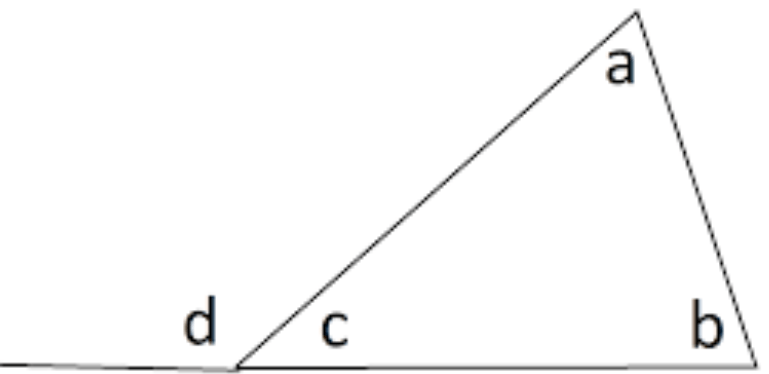
d = a + b
In the figure below, which theorem states that
angle3~=angle7
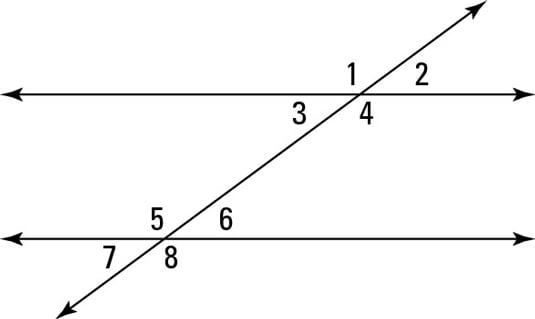
Corresponding angles theorem
How many angles are formed when a transversal crosses two parallel lines?
8
What is the maximum amount of times that perpendicular lines can cross each other?
1
Find the value of x in the figure below

x = 109^o
Converse of Alternate Interior Angles Theorem
"If Alternate Interior Angles are congruent, then the lines are parallel"
Find each angle measured in the figure below (assume the lines are parallel)
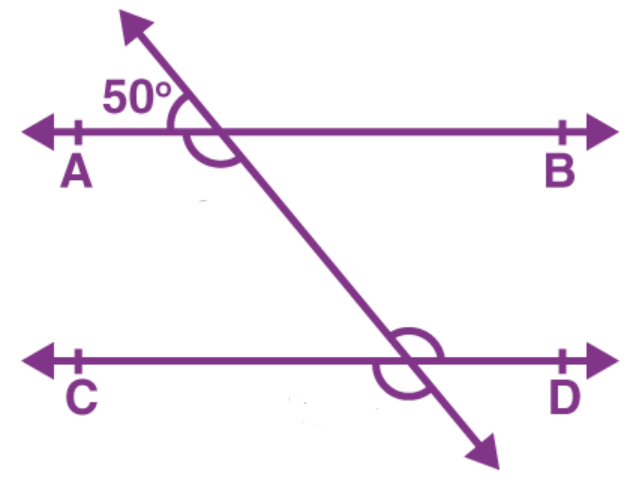
All either
50^o or 130^o
Two lines (A and B) are both perpendicular to line C. What can we conclude about A and B?
A and B are parallel
FInd the measures of a, b, and c in the figure below (hint: the lines are parallel)
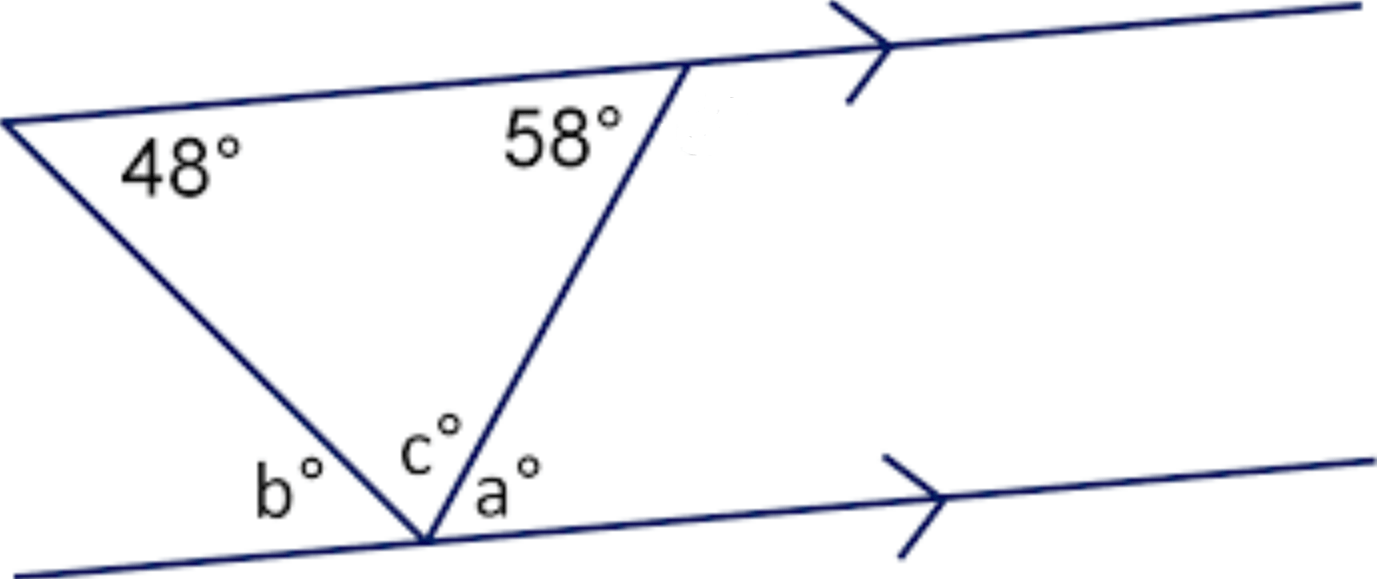
a = 58^o
b=48^o
c=74^o
Which theorem can be used to conclude that line j is parallel to like k (must include full correct name for points)
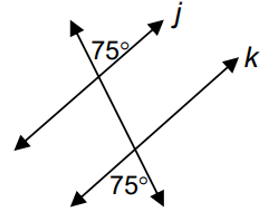
Converse of Alternate Exterior Angles Theorem
Write the equation of the line parallel to the line y = 1/6x + 7 that passes through the point (-6, 1)
y = 1/6x +2
Write the equation of the line perpendicular to the line
y = 1/2x + 3
that passes through the point (4, 1)
y = -2x +9
Find the value of x in the figure below
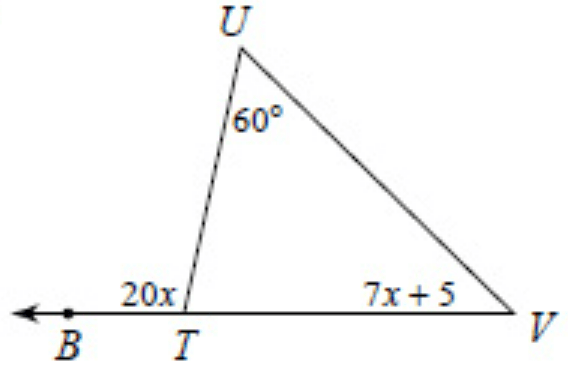
x = 5
State the first two reasons in the given proof:

1) Given
2) Definition of Complementary
2 parallel Transversals cross a different set of 3 parallel lines. How many different angles are formed?
24
List the equations of lines that would create a rectangle graph that has an area of
24 units^2
Example Answer:
x = 1, x = 7
y = 0, y = 4
Find the value of Angle 4 in the figure below
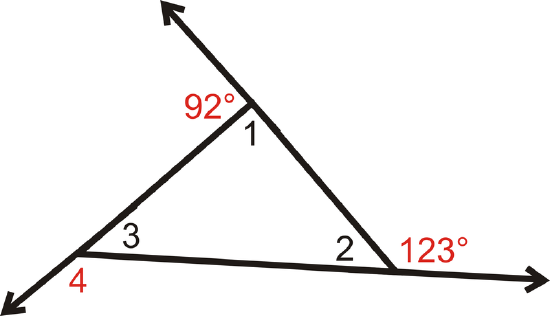
angle4= 145^o

See Proof